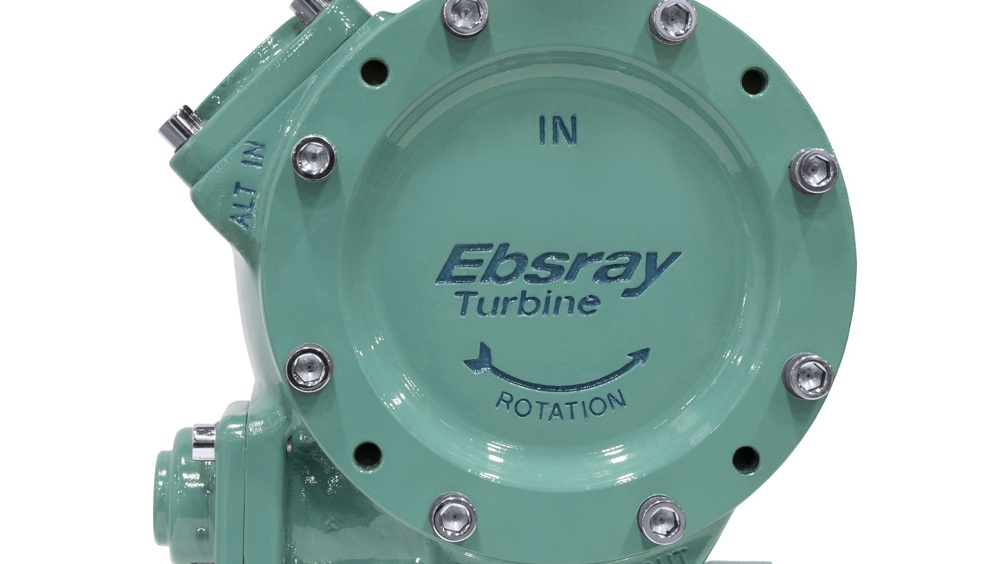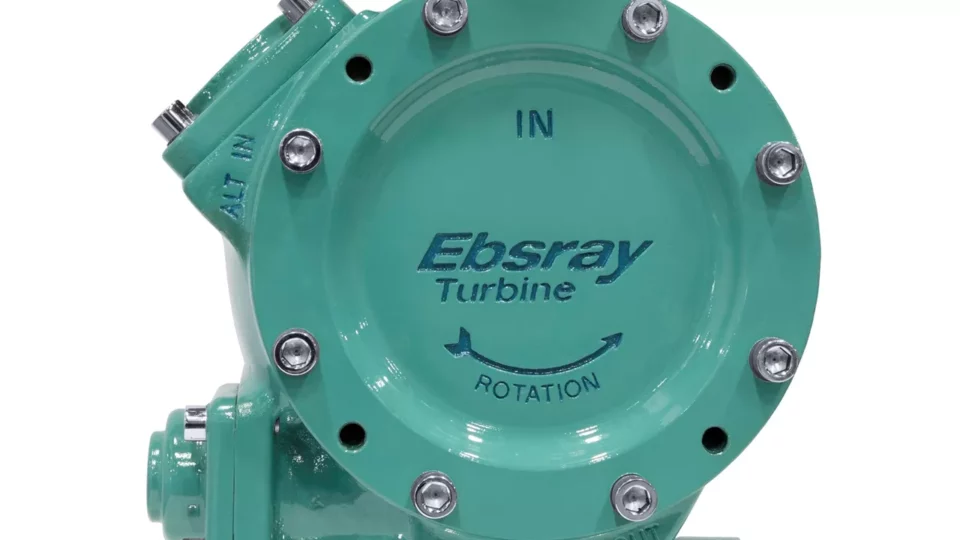Stephen Basclain, business development manager for Ebsray, Cromer, Australia, explores the versatile nature of regenerative turbine pumps and why they are a preferred choice over other types of pump technology.

Ebsray’s HiFlow Series regenerative turbine pumps provide high-volume flow rates and are designed especially for LPG, propane, butane and autogas applications. – Image: Ebsray/PSG
Autogas or liquified petroleum gas (LPG) is a mixture of propane and butane. This fuel source is unique because it can be stored and transported as a liquid but burned as a gas. Autogas dispensing installations frequently utilise regenerative turbine pumps.
While autogas applications present a share of challenges, they are not unique. In fact, many applications using hard-to-handle liquids such as ammonia, various refrigerants and many hydrocarbons feature low viscosities, sometimes as low as 0.1 centipoise (10 times thinner than water) and vapoUr pressure near to normal atmospheric pressure. This creates problems for many pumping technologies as these fluids can be difficult to seal and the low viscosity increases the risk of internal slippage during operation.
One of the problems that comes from pumping volatile liquids is cavitation. If the pump’s inlet pressure falls below the liquid’s vapour pressure, then vapour bubbles will form in the liquid. These bubbles will travel through the pumping chamber and, as the pressure increases, implode and cause cavitation, which can damage the pumping hardware.
Regenerative turbine pumps work well in these applications because they are immune to the damage caused to other pumps by cavitation and can handle low viscosities whilst maintaining high pressures. They also have several other advantages over alternative pump types.


